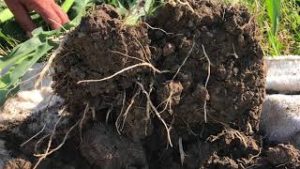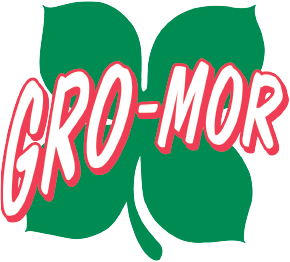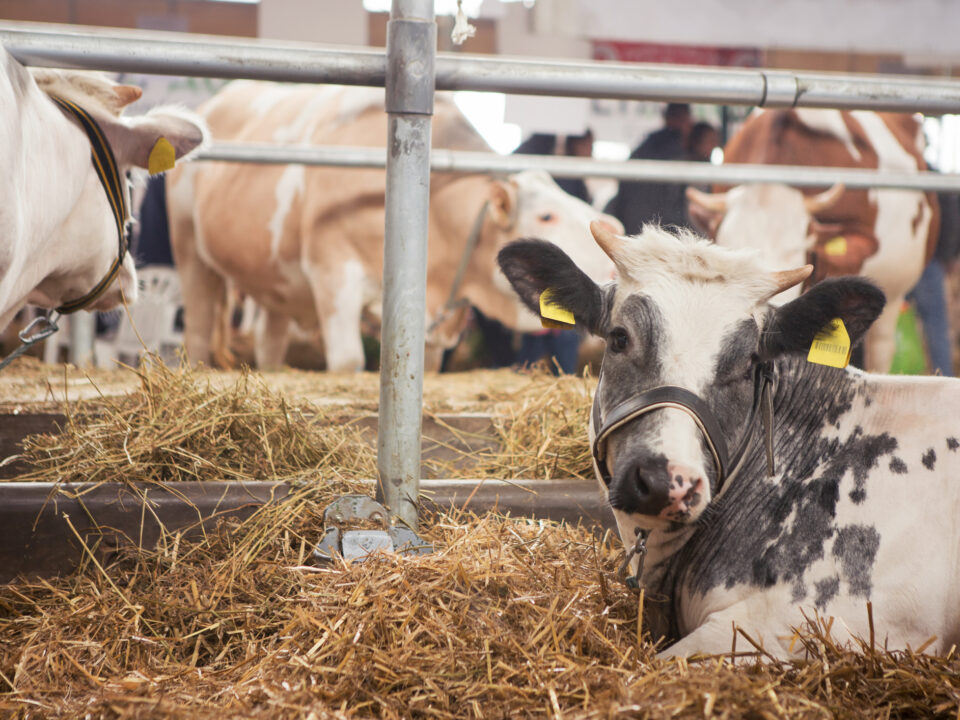
There are numerous systems in place for collecting soil samples. Grid sampling, composite samples, and soils maps are all tools used in selecting management zones to collect soil samples from. Another alternative that we at Widmer & Associates would recommend is Veris Data Collection. The Veris machine is a simple device that sends an electric current between a series of flat disc blades which in turn measures electro conductivity of the soil. This soil electro conductivity has a direct correlation to the soil cation exchange capacity (CEC).
By using data from the Veris machine, we can determine more precise management zones which we then collect soil sample from and can make recommendations.
In the summer after wheat harvest, and in the fall following corn and bean harvest are good times to have your fields Veris sampled, prior to any tillage or ditching. The generally accepted recommendation is to have soil re-sampled every 3 years.
Unless you are certain of the complete uniformity of your fields, composite sampling is usually to too much of a shotgun approach, even when it comes to applying lime to adjust soil pH. On the other hand, grid sampling can become very costly, especially when it comes to larger acreages. A third option as we discussed is determining crop management zones based on a Veris soils map. The Veris map in layman’s terms is a refined soils map that more specifically defines soil types within a field. These Veris zones with similar characteristics can be grouped into “management zones” and soil samples can be pulled.
Contact any of the Widmer and Associates team for more information, prices and scheduling of your Veris soils mapping and sampling this fall!




